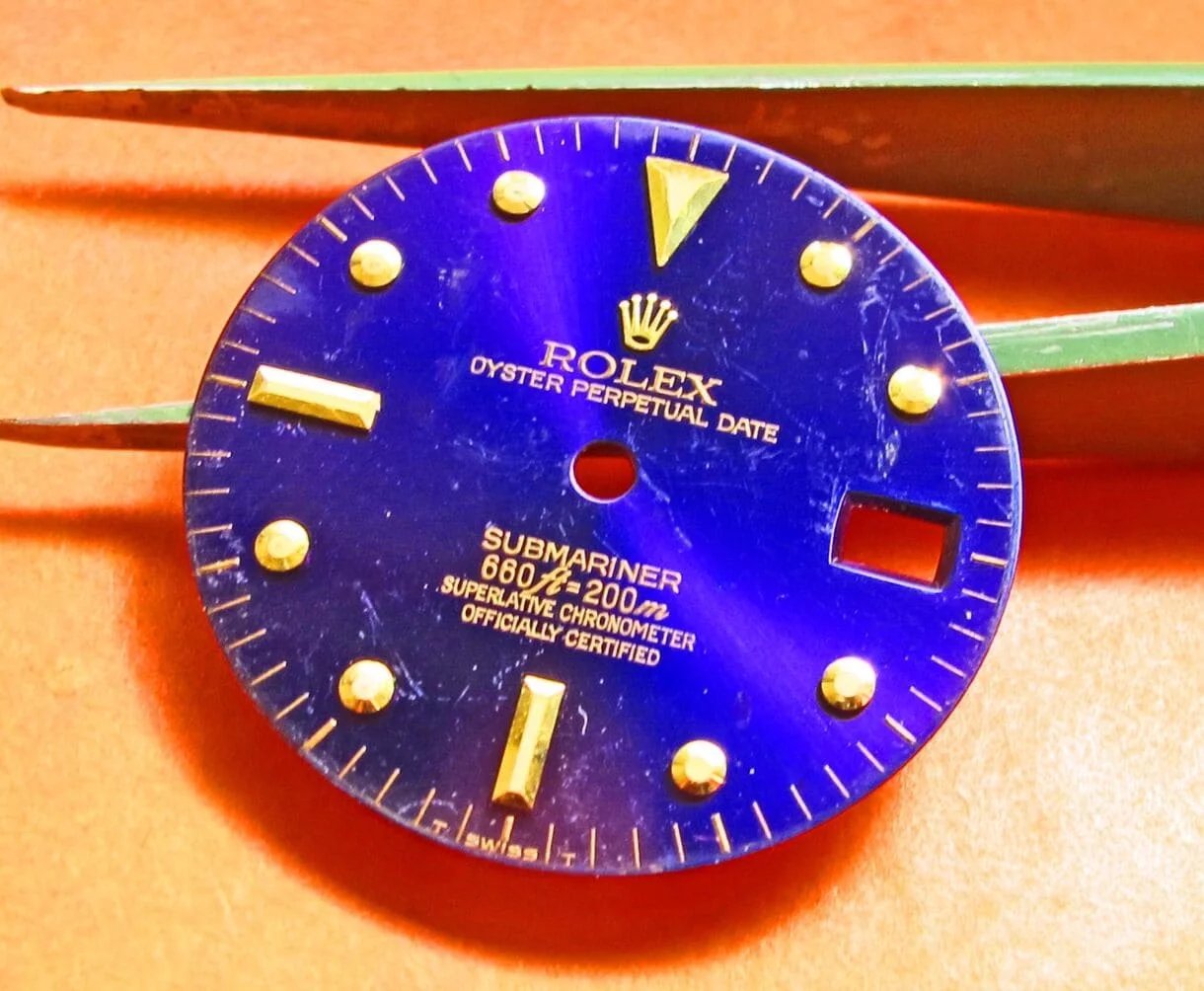Key Takeaways
Watches measure blood pressure through advanced sensors and algorithms. These devices, also known as blood pressure watches, use two primary methods: pulse transit time (PTT) and oscillometric technology. Notably, these methods are non-invasive and convenient for users. However, accuracy can vary, and regular calibration against a traditional cuff-based blood pressure device is recommended.
Introduction to Blood Pressure Watches
The surge in wearable technology has led to the development of watches that can measure blood pressure. These devices function by using sensors to detect blood volume changes and then apply algorithms to convert the data into blood pressure readings.
How Pulse Transit Time (PTT) Works
Pulse transit time (PTT) is a common technique used by blood pressure watches. PTT measures the time it takes for the pulse wave to travel between two arterial sites. Generally, the pulse wave speed increases with increased blood pressure, allowing the watch to estimate the blood pressure based on the PTT.
Oscillometric Technology in Blood Pressure Watches
Some blood pressure watches utilize oscillometric measurements. This involves detecting oscillations caused by pulsatile blood flow within the arteries. The cuff on the watch inflates to block the artery, then slowly deflates while monitoring the oscillations. This method enables the watch to calculate systolic and diastolic blood pressure.
Calibration and Accuracy
Despite the convenience of blood pressure watches, their accuracy can depend on various factors, such as the positioning of the watch and the user’s physical activity. Therefore, regular calibration with a traditional cuff-based blood pressure device is crucial to ensure the readings are accurate.
Frequently Asked Questions
Are blood pressure watches accurate?
While blood pressure watches offer a convenient way to monitor blood pressure, their accuracy may vary. It’s recommended to regularly calibrate them with a traditional cuff-based device for accurate readings.
How often should I calibrate my blood pressure watch?
The frequency of calibration can depend on the specific device and your personal health. However, a general rule of thumb is to calibrate your watch every few weeks or whenever you feel the readings may be off.






